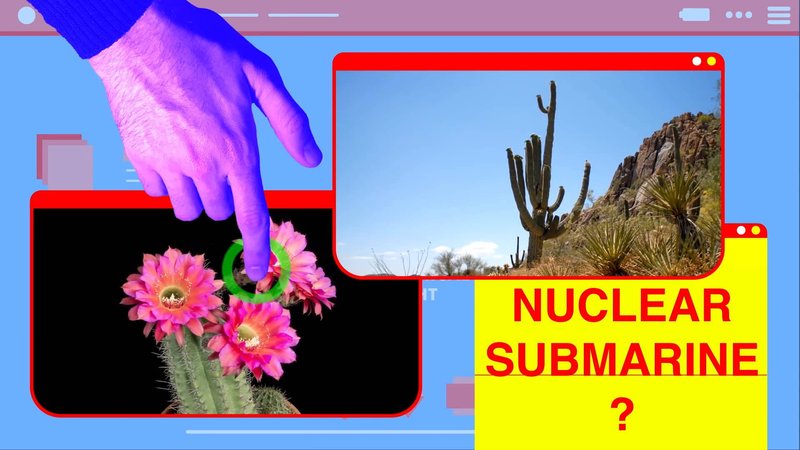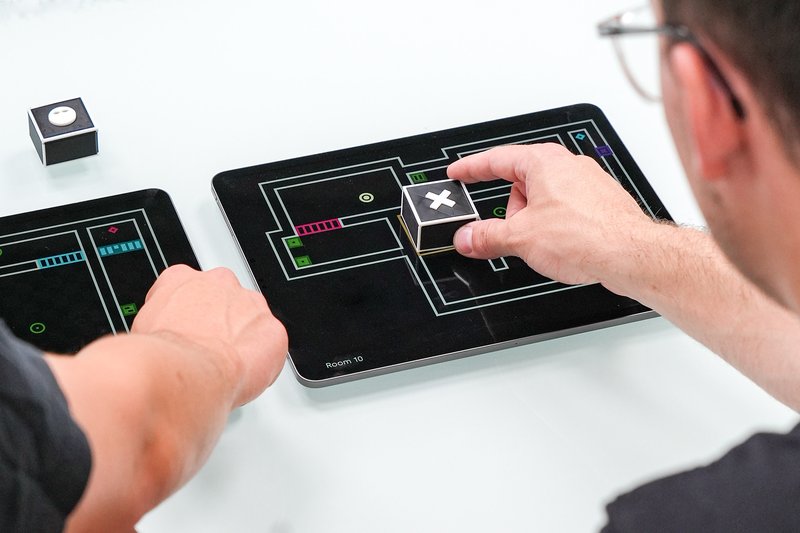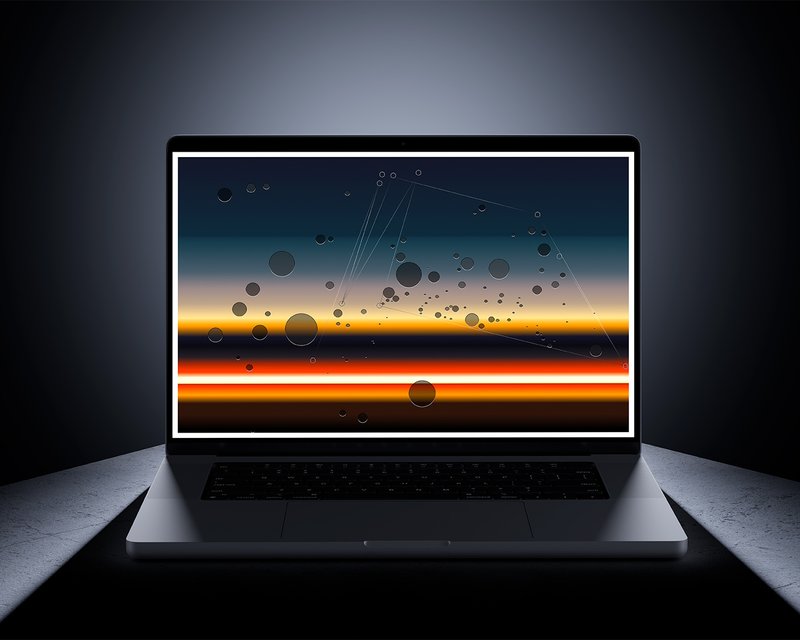
BA MEDIA & INTERACTION DESIGN
Electrical Insight
with Sebastian Vargas
Electrical Insight is a computer program that makes borderline judgments about the content of images. Its algorithms were once trained to recognize images coherently and precisely, but it is now asked to make the strangest distinctions. And you are asked to do the same. Initial project made during a one-week workshop with Dries Depoorter. Video produced during a workshop led by Sebastian Vargas.




